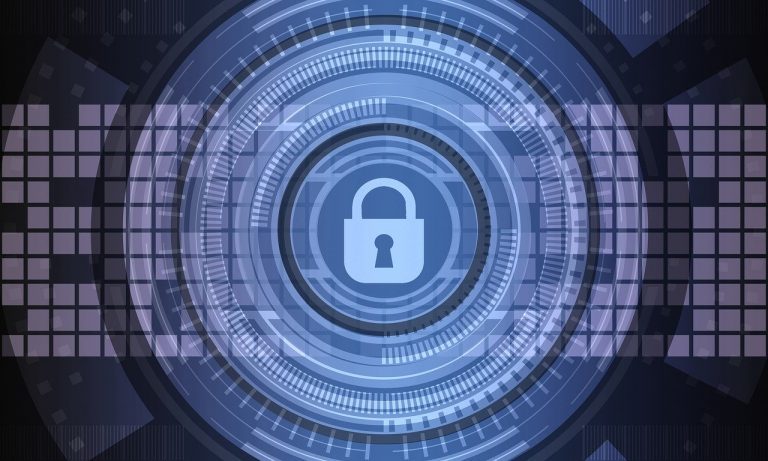
Identity theft is becoming a bigger problem as more and more people are making the web a more significant piece of their lives. People who are new to the online web medium often fall prey to phishing or other internet identity theft schemes. As a rule, the phishing party uses your credit card to order merchandise for themselves, in other cases, they will apply for credit cards, set up ledgers, and take advantage of your excellent credit rating. Correcting these issues involves a great deal of time energy and stress, so here are ten hints to help you from becoming a survivor of identity theft.
Use a disposable email account. Keep your business or personal email account only for business or personal correspondence. In the event that you will be making web purchases online, joining newsgroups, or buying into mailing lists and ezines, use a disposable email account. There are numerous online free records, for example, yippee, Hotmail or vessel, and the more significant part of them can interface with well-known email clients like viewpoint or standpoint express. Use one of them for the entirety of your shopping exchanges.
Disguise your online identity. Your real name is Mary Smith, who attempts to abstain from utilizing email accounts with a name like [email protected] when dealing with people you don’t know and trust. In the event that you were conceived in 1972, don’t choose [email protected] as your email account.
Use different level passwords on the web. Use one secret phrase for your personal data, use another for your business accounts, and a third for your disposable email records or mailing lists you sign up for. Do not use sequential passwords like password1 for personal use password2 for business, and secret phrase 3 for disposable papers.
Use solid passwords. Do not use your birthdates, the year you were married, or your children’s birthdates. Abstain from picking passwords that comprise entirely of letters or numbers. Additionally, attempt to abstain from utilizing passwords that are real words. The best passwords are mnemonic phrases like my father ate three apples for breakfast. Take the initial letter of each concept, convert the number into numbers, and end up with mfa3a4b.
Rotate your passwords. It would be best if you changed your passwords every 6 to a year. In the event that you suspect your passwords have been compromised, change them as a safety precaution.
Use just one credit card for the entirety of your web and online purchases. If any of your other credit cards have online exchanges, you realize they are fraudulent. On the off chance that you see offline purchases for your online credit card, you likewise know they are dishonest.
Use credit cards instead of debit cards. While many debit cards presently offer online purchase protection, it is easier to dispute fraudulent charges than to recover debit card finances that have already been spent.
When you make purchases online, make sure your exchanges are secure. In the address bar, you should see https and not HTTP. There ought to likewise be little lock symbol in your browser. On the off chance that this is your first purchase from the organization, make sure the giving organization is someone you have heard of like Verisign or Thawte.
Check a company’s protection strategy. When you make your first exchange make sure you check the protection strategy, search for logos from consumer groups like Trust-E and the better business bureau. Snap the logos to make sure they are authentic.
Never open or round out email requests for you to update your record or credit card settings through email. These are phishing tricks people use to attempt to secure your personal data. A large number of them are becoming increasingly sophisticated and make a considerable effort to look exactly like the companies website utilizing their exact logo.